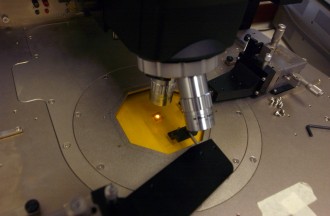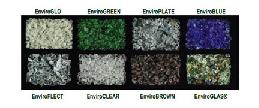
Here comes a solution to the increasing toxic landfills created from thrown away batteries. This is all done by a wireless chip, developed by the researchers of the University of Rochester. Compared to current designs, this chip needs ten times less power.
The new chip works on a technology, Injection Locked Frequency Divider (ILFD). It helps reduce the time needed to check for transmission frequencies dramatically.
Using five transistors, the new chip can perform divisions by 3 unlike only 2 as by previous circuits. Thus, it allows a communication just perfect between two phones communicating at 2.0001 and 2.0002 gigahertz respectively.
Via: ZDnet




